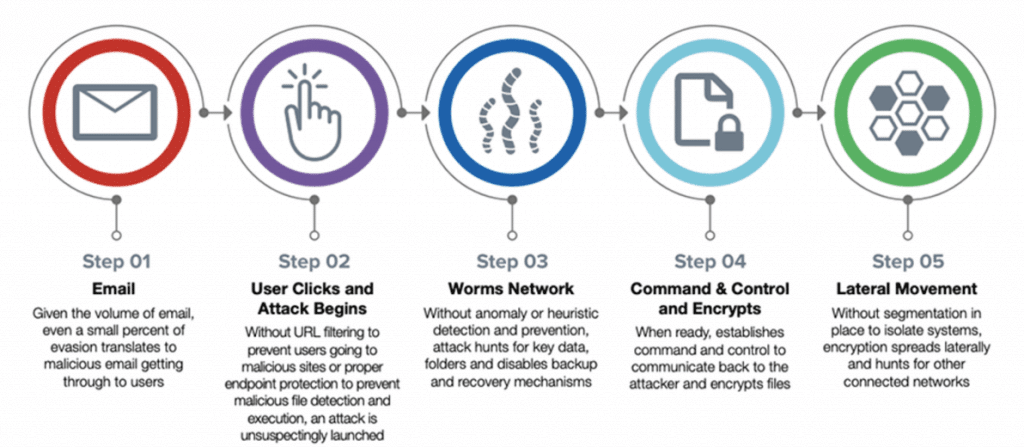
This is not the time to rely on the server in the shed. Seek technical advice around limiting ransomware spread or stopping its execution, so systems can be isolated or protected.Īnd always have a recent, complete working backup, tested for recovery and completeness that can be isolated from the rest of your system. Train staff to identify phishing emails, reducing the risk of unleashing malware. Keep systems up-to-date with the latest versions and patches, particularly common systems such as Microsoft Windows, Office and Acrobat Reader.

No solution is a silver bullet but organisations can reduce the risk of successful attacks. Myth 5: There’s nothing you can do to prevent an attack Regardless of whether you pay, however, the real cost lies in addressing your system’s vulnerabilities, estimated to cost 10 times an average ransom to address. Up to 80 per cent of companies are also attacked again, a short time after paying the ransom. Small business owners who are self-employed by their own incorporated businesses made a median income of 50,347 in 2016. 86.3 of small business owners make less than 100,000 a year in income. The average small business owner makes 71,813 a year. The Biden administration is expected to tout the findings of the report in a virtual meeting on Thursday with a Pennsylvania small business. President Joe Biden's plan to tax the nation's highest earners to help fund a 3.5 trillion spending bill, a new U.S. On average only two-thirds of files were restored. Small businesses with no employees have an average annual revenue of 46,978. Just three percent of the nation's small businesses would see a tax increase under U.S. In fact, a survey by cybersecurity group Sophos of 5400 companies found of those who were attacked and paid, only 8% recovered their data in full. Myth 4: Your only option with ransomware is to payīetween a third to a half of infected companies pay something to criminals holding their data but that is no guarantee of getting files back. The reason lies in the lack of IT protection for many of these smaller companies that usually outsource planning or services elsewhere.įor these companies, attackers often compromise what is known as the remote desktop protocol, a standard inclusion on many machines, or use email phishing techniques to gain access. Myth 3: Ransomware attackers only hit big businessīig targets make the news but most businesses affected are small to mid-size enterprises - in fact, 75 per cent of victims in 2021 had fewer than 1000 employees. When ransomware first appeared, attacks seemed random – with victims singled out because they clicked a link or were fooled by phishing.īut the emergence of ransomware-as-a-service (RaaS) has allowed crime gangs to hire cyber attackers to use ransomware as a fundraising activity.įor these groups, volume is important, and attacks are carried out at a price point crafted to be within a small target’s means to pay. By 2031, the global ransom burden is estimated to climb to an incredible $265 billion, with attacks every two seconds. More importantly, ransomware is a growth industry, overtaking the drug trade as a lucrative source of funds.

Ransomware attacks now make up a quarter of cyber incidents, costing an estimated $20 billion in 2020.

Myth 1: Ransomware attacks are a fringe threat


 0 kommentar(er)
0 kommentar(er)
